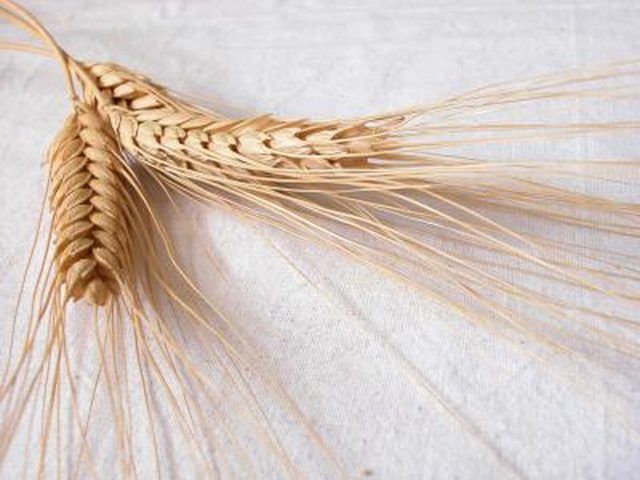Bulbs
Flower Basics
Flower Beds & Specialty Gardens
Flower Garden
Garden Furniture
Garden Gnomes
Garden Seeds
Garden Sheds
Garden Statues
Garden Tools & Supplies
Gardening Basics
Green & Organic
Groundcovers & Vines
Growing Annuals
Growing Basil
Growing Beans
Growing Berries
Growing Blueberries
Growing Cactus
Growing Corn
Growing Cotton
Growing Edibles
Growing Flowers
Growing Garlic
Growing Grapes
Growing Grass
Growing Herbs
Growing Jasmine
Growing Mint
Growing Mushrooms
Orchids
Growing Peanuts
Growing Perennials
Growing Plants
Growing Rosemary
Growing Roses
Growing Strawberries
Growing Sunflowers
Growing Thyme
Growing Tomatoes
Growing Tulips
Growing Vegetables
Herb Basics
Herb Garden
Indoor Growing
Landscaping Basics
Landscaping Patios
Landscaping Plants
Landscaping Shrubs
Landscaping Trees
Landscaping Walks & Pathways
Lawn Basics
Lawn Maintenance
Lawn Mowers
Lawn Ornaments
Lawn Planting
Lawn Tools
Outdoor Growing
Overall Landscape Planning
Pests, Weeds & Problems
Plant Basics
Rock Garden
Rose Garden
Shrubs
Soil
Specialty Gardens
Trees
Vegetable Garden
Yard Maintenance
How to Thresh and Winnow Harvested Wheat By Hand
How to Thresh and Winnow Harvested Wheat By Hand. Growing your own wheat in a home landscape can provide the grain you desire for flour. Growing wheat in a smaller production scale enables you to thresh and winnow manually. Threshing involves separating the wheat kernels from the stalks after you harvest them from the soil. After you thresh the...

Growing your own wheat in a home landscape can provide the grain you desire for flour. Growing wheat in a smaller production scale enables you to thresh and winnow manually. Threshing involves separating the wheat kernels from the stalks after you harvest them from the soil. After you thresh the wheat, you must winnow it. Winnowing involves separating the light chaff from the heavier wheat kernels. Thresh and winnow harvested wheat by hand to prepare homegrown wheat.
Things You'll Need
Twine
Large trash can (clean)
2 buckets (clean)
Fan
Grasp a bunch of wheat stalks together -- enough stalks to hold in one hand easily. Tie the stalks together with twine to hold them securely.
Hold the bundle in one hand inside the large trash can. Vigorously beat the bundle against the inside of the trash can to separate the wheat kernels from the stalks. Continue beating the wheat -- threshing it -- until no more kernels remain on the stalks. Throw away the stalks in either the trash or the compost pile.
Transfer the wheat kernels to one clean bucket. Turn the fan onto low speed and position yourself with the two buckets in front of the fan. Slowly pour the wheat kernels from one bucket to the other bucket while the breeze from the fan blows on the wheat. As you pour, the breeze will blow away the chaff from the heavier wheat kernels. Pour the wheat between the two buckets two or three times until no more chaff remains mixed in with the wheat.
Tips & Warnings
If a natural breeze blows outside, perform the winnowing process outdoors where the breeze will blow the chaff away naturally.